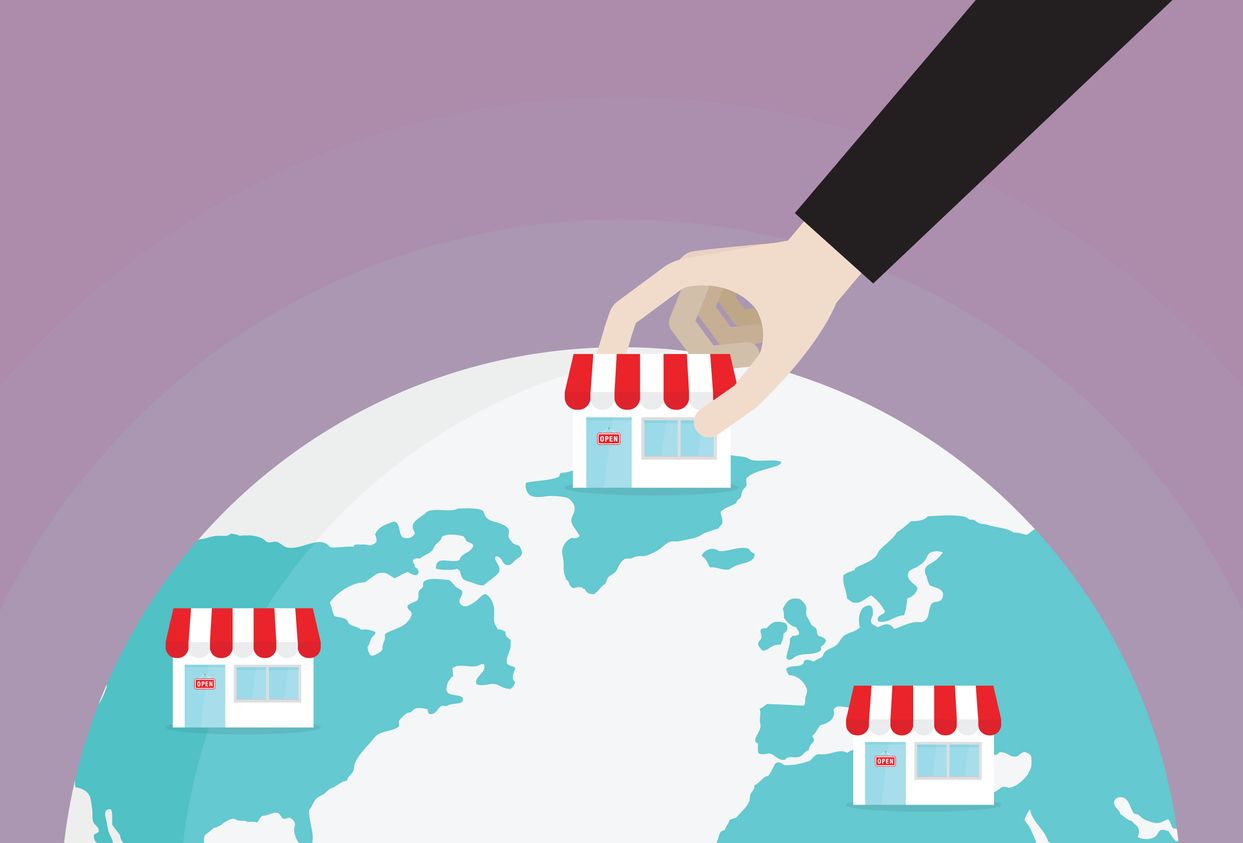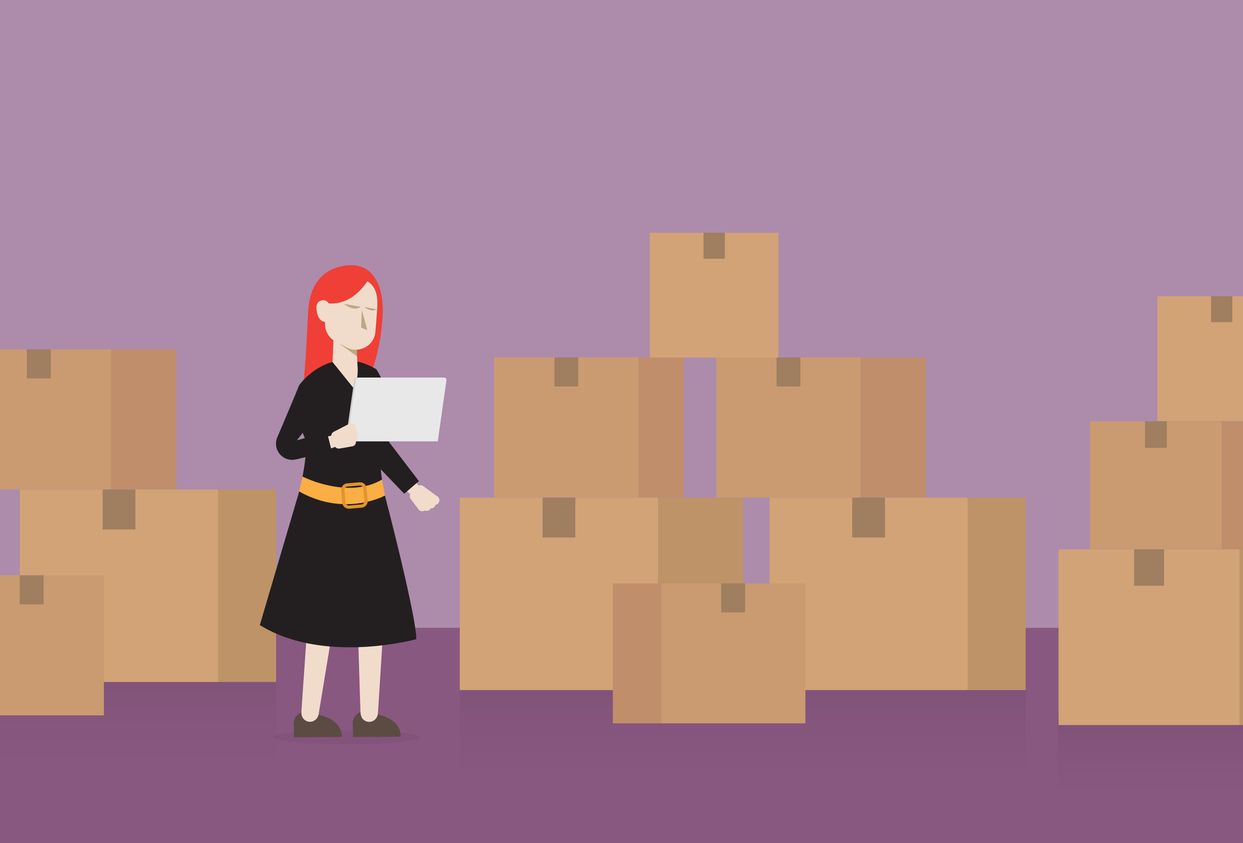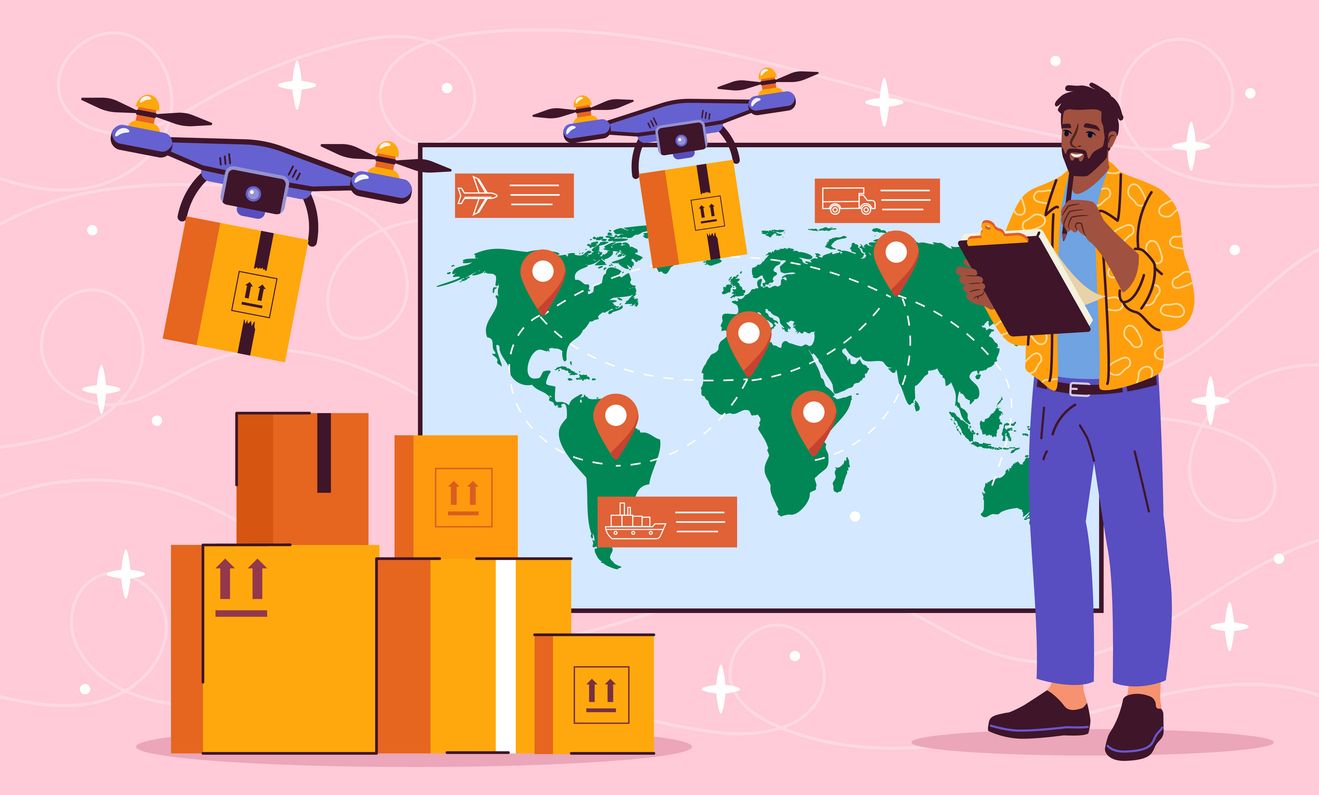Dropshipping vs. E-commerce: A Beginner's Guide
Choosing between traditional e-commerce and dropshipping depends on your business goals. Traditional e-commerce offers control but requires more capital. Dropshipping is low-cost and flexible. BuckyDrop simplifies dropshipping by handling 1688 and Taobao sourcing, fulfillment, and logistics.

The e-commerce industry has evolved tremendously in the last decade, changing the way people spend money and the way companies conduct business. Many entrepreneurs are willing to exploit e-commerce because global sales are projected to increase. Nonetheless, before deciding whether to start an online business, another question needs to be answered first: When it comes to starting an online business, should you enter a traditional or dropshipping business?
Realizing this distinction between the two methods affects how we understand areas of the business plan, such as everyday functioning and potential growth in the future. Your decision will dictate everything--the size of the startup you will need and the degree to which you will be able to control the customer experience.
Both models have their benefits, and there exist challenges associated with them. Whereas traditional e-commerce implies a more rigid control and possibilities of higher profit margins, dropshipping normally needs fewer startup costs and investments. A new solution is emerging on the market to support entrepreneurs interested in dropshipping. BuckyDrop provides tools to help beginner start their online ventures by offering efficient products to customers.
What is Traditional E-commerce

Traditional e-commerce is the conventional method of online retailing: buy products in advance, store them in warehouses, and do order fulfillment yourself. In this model, you are both retailer and logistics coordinator, and maintain complete supervision of the customer journey from product storage to doorstep delivery.
Key Characteristics
● Inventory Management: Managing, tracking, and restocking products.

● Warehousing and Storage: A Place to store products under the required conditions.
● Logistics and Fulfillment: Processing, packing, shipping, dealing with returns, and exchanges of orders.
Advantages
● Increase Product Control: Check inventory, quality inspections, packaging, and labels. This is significant to companies that cater to dropshipping their own brands or that have their own product lines.
● Faster Delivery: Dropship facilities should be present near the customer location, so delivery can be faster than cross-continental dropshipping.

● Improved branding chances: Create a branded unboxing experience, package quality control, and maintain a standard.
● High Margins: purchasing wholesale at bulk prices lowers the hundred per unit and the profit margin increases.
Disadvantages
● Expensive Start-Up Costs: A Substantial amount of capital is required in order to replenish goods in stocks, to establish warehouses, and other expenses such as delivery or logistics.
● The Possibility of Unsold Merchandise: This will result in overstocking, which will be expensive.
● Operational Complexity: Making processes complex through managing the inventory will have a negative effect on customer satisfaction.
● Limited Opportunities for Product Testing: Introducing new products can be expensive, as items must be committed to inventory.
What is Dropshipping

Dropshipping refers to the approach in which the seller does not store any inventory but enables sales. When an online store customer places an order, you will transfer that order information to a supplier, either overseas via a platform such as 1688 or Taobao, where a supplier will choose, pack, and deliver the products to the customer. This model eliminates the requirement of warehousing and the cost of carrying inventory.
In a standard dropshipping process, there are three main steps involved:
Customer orders something --> Store owner sends the order to the supplier (e.g., via BuckyDrop) --> The supplier sends the product and ships it.
Benefits
● Low Startup Movement: It is not necessary to invest in purchasing commodity stock or renting warehouse space.

● Enlarged Product Offering: You will be able to offer thousands of products since you will be connected with various overseas suppliers. Multiple sourcing in supply chain management allows you to do that.
● Flexibility and Scalability: Add or withdraw products at any time, depending on trends, with privilege.
● Less Burden of Operations: Suppliers take the burden of warehousing processes such as packaging and shipping, leaving focus on marketing and customer support.
● Access to Overseas Markets: 1688 dropshipping Shopify integrations, such as BuckyDrop, can enable sellers worldwide to source directly through such marketplaces, connecting them with Chinese vendors.
Disadvantages
Dropshipping means that a retailer does not take control of their products or their production. This gives them less control over their work.
● Reduced Profit Margins: Supplier fees, shipping fees, and the possibility of currency exchange fees.
● Lower Quality and Shipping Control: Reduced involvement in the quality management and shipping controls, as you do not see the products physically.
● Longer Delivery: Customers will take longer to receive their orders compared to in-country products purchased as a result of e-commerce.
● Supplier Dependability: Problems due to stockouts, delays, or supply errors caused by the supplier may affect your reputation.
● Return Processes: As the Stock is not held, the same may happen to returns and refunds, which perhaps be complicated internationally.
Key Differences between Dropshipping and E-commerce
Feature | Traditional E-commerce | Dropshipping |
Inventory Management | Stocks and manages inventory locally | No inventory; suppliers handle stock |
Startup Costs | High (inventory purchase, warehouse) | Low (minimal upfront investment) |
Control over Products | High (customization, packaging) | Limited (dependent on supplier) |
Shipping Times | Typically, faster (local fulfillment) | Longer (international shipping) |
Profit Margins | Higher (bulk purchasing reduces cost) | Lower (supplier costs and fees) |
Scalability | Gradual, cost-intensive growth | Rapid, flexible product testing |
Branding Opportunities | Full control over private/white label dropshipping | Branded dropshipping is limited, but possible with BuckyDrop |
Operational Complexity | Inventory and logistics to manage | Relies on suppliers and platform automation |
Dropshipping is brilliant in the sense that sellers are able to cope with multiple suppliers' benefits. With supply chain diversification (e.g., 1688, Taobao, and others), the sellers will reduce the risk of stockouts or unstable prices. This multiple sourcing of the supply chain management is to maintain a constant flow of products and a competitive market price.
The risks of traditional e-commerce are that they are tied to fixed products, and the capital cost of these products is left in the hands of a few trusted wholesalers.
Which model is Right For You?
Traditional e-commerce is Ideal:
● You have enough start-up capital.
● You intend to have complete control of the quality of the products and the experience of the customer.
● Your business specializes in custom/exclusive products that will need special packaging or branding.
● You aim at the creation of a powerful brand presence and want to use the option of private label or white label dropshipping merchandise.
● You may deal with warehousing logistics or have a fulfillment center.
Dropshipping is Ideal:
● You just started or have a low budget.
● You would like to experiment with trends in a quick fashion without risking capital.
● You do not want to get involved in logistics and therefore give priority to marketing and acquisition of customers.
● You intend to open an internationalized shop with overseas suppliers like 1688 dropshipping or Taobao dropshipping.
● You are interested in an extended portfolio of products and variable sourcing.
Hybrid Model
It is common to have successful entrepreneurs using hybrid models that still hold popular products in stock to speed up the delivery cycle and feed new products to the market through dropshipping. The strategy integrates the performance management of the typical e-commerce and the flexibility of dropshipping.
How BuckyDrop Can Help
BuckyDrop is an effective end-to-end dropshipping tool that adaptively suits new dropshippers and advanced stores. It combines with the suppliers based on 1688, Taobao, and other marketplaces. It streamlines order fulfillment, warehousing logistics, supports both private and branded dropshipping and has an international shipping network in more than 200 countries.
Through its sourcing services, the sellers can get many suppliers, synchronize their inventories, and they can get other value-added services such as Taobao track, Taobao image search, and Taobao payment, as well as ensuring uninterrupted operations.
How BuckyDrop Supports Dropshipping Beginners
BuckyDrop is an optimal solution to numerous legacy dropshipping issues. They can source from the large Chinese marketplaces such as Taobao and 1688, giving them access to millions of products in various categories.
Sourcing from Top Platforms
BuckyDrop focuses on linking sellers to Chinese suppliers through 1688 and Taobao, which are the largest product sourcing websites in the world. It has inbuilt tools such as Taobao reverse image and Taobao English translations with which sellers can locate popular products or find specific commodities.
Automated Ordering
When a customer places an order, BuckyDrop has the order automatically forwarded to suppliers, manages payment (including Taobao payment options), and tracks progress to delivery. This evades manual error and speeds up.
Expert Support for New Sellers
BuckyDrop can support operations in more than 200 countries across the globe out of the box. They also provide particular customer care to ensure that the first-time seller manages the processes involved in dropshipping, such as how they get the supplier, manage the orders, and approach customers.
Conclusion
In conclusion, both traditional and dropshipping are possible ways of establishing an online store; each method has its disadvantages and prospects. Dropshipping is low-cost and quick to get up and running with overseas manufacturers. Still, traditional e-commerce has higher control and branding capabilities once violators are willing to invest in inventory and logistics. By identifying the budget, objectives, and the level of control you have, you will select a model that will suit your vision best and take sound steps on your way to e-commerce success.



